Costa Brava and The Fishing Tradition
The cultural heritage of Costa Brava, Spain is strongly tied to the Fishing Tradition. I recently had the opportunity to travel thru five small villages on this beautiful region, where the mountains and sea come together and provide shelter in a more gentle side of the Rugged Coast. The natural surroundings, unspoiled villages and quiet coves attract many visitors today, but surprisingly, most Americans I spoke with were unfamiliar with this area. Let me introduce you to a lifestyle steeped in history that revolves around the sea.

Exploring this region began in Lloret de Mar, where The Seafarer’s Wife stands guard at the edge of town, looking out to sea. Dona Marinera honors the wives of sailors who would spend months without communication waiting for their men to return from the sea. Scaning the horizon each day she would hope to catch site of a boat coming back from their voyage. This was the perfect place to start my travels thru Costa Brava.
From the earliest of settlers who date back as far as 3000 BC to the artistic legacy of writers and artists such as Salvador Dali, the Wild Coast has acquired a heritage of rich history. The sea provided an abundance of natural resources and inspirational beauty, but along with a strong tradition of trade, it allowed for easy spots for invasion. The cliffs give way to calm coves, high spots along the coast provided lookouts to protect (or attempt to do so) from invasion. Towers and lighthouses that exist today along the route are a gentle reminder of the fortification and lookouts the Ionian people had to use to keep vigilant from attackers.
One of the best ways to appreciate the essence of the area is to take advantage of the many coastal trails that connect these fishing villages to one and other. The Camins de Ronda was initially developed to protect inhabitants from approaching pirates and smugglers. One can hike from village to village and arrange to have your suitcases arrive at the next destination. This series of paths, built by fishermen and the patrolling police force extends for almost 200 kilometers. Certain sections of the old trails disappeared with coastal development in the 20th century but many parts have been restored, providing visitors a unique way to explore the coast, its sandy beaches and quaint fishing villages. The trail is clearly marked and easy to find, each section varies in difficulty; most areas are flat and wide, the most challenging are the steps. Wildflowers line much of the trail, towering pines give shade and you’ll see some of the most striking coastal scenery, vistas and turquoise blue waters of the Mediterranean. Cafes and restaurants in each destination are more than just reward for your efforts.
On the beach in Tamariu I learned of the traditional dish – suquet de peix. Cooked in a fire on the sand, it embodied the flavors of terroir. The historic fishing shack where we dined housed a basic kitchen and can only be accessed thru membership, which is passed down from generation to generation. Originally, fishermen would come with their catch, farmers would bring produce and meat; townspeople would celebrate the fruits of the sea and earth. The warm reception was remarkable and followed our travels throughout the region. A Michelin star chef gave us a few secrets, as well as a cooking lesson, and others from the hospitality industry introduced us to the Catalunya Experience, one I will not soon forget. There was such a spirit of camaraderie amongst a group of people so proud to share their lifestyle and knowledge. Fellow travel bloggers Amber and Eric tell a more in-depth story over on With Husband in Tow. Havaneres provided time-honored music, cremate (aromatic rum) was flowing from the nearby fire. And, the day was still young….
Adding to the layers of historical seafaring culture in Costa Brava is the story of the Indianos, men who travelled to the new world in the 19th century for fame and fortune and then returned to the area to acquire wives and spend their riches locally. Begur, in the heart of Emporda, has some of the remaining monuments and architecture from the Americanos in its old town.
I was surprised to learn in Begur that Spain played a crucial role in the history of rum. Evidence of sugarcane production predates that from the Caribbean. Motril, in Granada, was the sugar capital in the 10th century. Much of the Indianos wealth came from sugarcane production in Cuba, and the connection of the sea brings the Cuban influence home with the popular mojito. After having my own upclose and personal Cuban experience in February, I felt like the drink’s circle was complete in an odd kind of way.
The Costa Brava fishing tradition all came together for me in the destination of Palamos. The town is centered around the fishing culture and works hard to promote a dialogue to keep the industry healthy. The topic of sustainability is front and center and the population is well aware of the issues of over fishing and the environment.
It was fascinating to see the fish unloaded and readied for auction. Each catch is tagged with the boats name and restaurants and dealers watch and bid as the fish passes by below. When something catches their fancy, they have to try to catch the catch as the bids start at the price from the previous day and spin downward. Wait a millisecond too long and someone else will be taking home your fish. It’s fast paced and helps explain why the dishes in every restaurant were so tasty and fresh.
Further out from the auction, the local townspeople can survey and purchase additional catch in the market. I have never seen so many different types of seafood available in one small location. In addition there is a TV station and cooking school attached to the area training tomorrow’s chefs on the preparation of seafood and offering the opportunity for a demonstration and meal for visitors.
Organizations like the Museu de la Pesca are making it their mission to safeguard the maritime and fishing heritage of Costa Brava by keeping the discussion about sustainable fishing current. There are more than 532 species of fish found in the Western Mediterranean, less than 100 varieties are of interest to the commercial fisherman. The conversation is expanding, and although only 12 species currently make up the market place-anchovies, sardines, striped tuna, hake, tuna, blue whiting, angler fish, sea bream, red mullet, octopus, lobster and prawn- demands are changing. Sustainability is the main agenda. Sea cucumbers and ribbonfish are moving into the diet. Picaret and vogue, which were formerly of high value are looked at differently now that they have been overfished. So it seems the population’s tastes ebb and flow with the population of fish that is readily available, keeping it fresh and local, rather than importing from far away shores. Conservation of the areas biodiversity is a priority.
The original settlers of this area were not fishermen, but gatherers of the shells, mussels, oysters and snails along the coast. Tirada a l’art, a fishing technique using a net operated from the shore was one of the ways in which townsfolk earned a living for many years. The net was cast from the beach and anyone could take part in the haul by helping to pull it in. That technique is still celebrated in Lloret de Mar, as a tribute, on the first Sunday in February and December. Everyone gathers at sunrise to cast and pull in the net, followed by a breakfast celebration of the catch. N’es Trajo d’En Reyne celebrates this traditional way of life so closely associated with the bounty of the sea.
Of course you can not end this conversation without mentioning the first rate Catalan gastronomy that has made Costa Brava a destination for foodies. You’ll find Mediterranean, Provencal Arab and Jewish influences on menus. The varied dishes contribute to what is known as one of the healthiest of diets. Award winning chefs and Michelin stars dot the area’s seaside restaurants offering everything from light tapas to 10 course meals. Whether you are having a snack of cod: perfectly cooked, sitting on a red pepper with pesto and sprinkled with saffron, or a traditional, hearty broadtail stuffed squid, each of the flavors is authentically Catalonian. You’ll find all of it fresh, much of the ingredients right from the sea and truly one of the most unforgettable experiences of the Costa Brava area. The fishing tradition influences the lifestyle of this area affecting all the senses in the most wonderful of ways.
My visit to Costa Brava was made in partnership with Visit Costa Brava and Visit Emporda, but as always, opinions and taste experiences are my own.


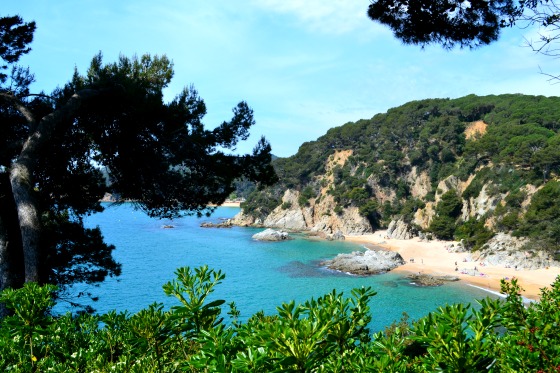





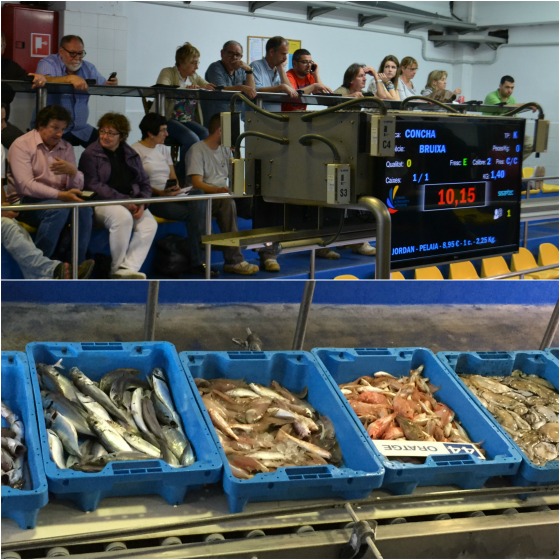

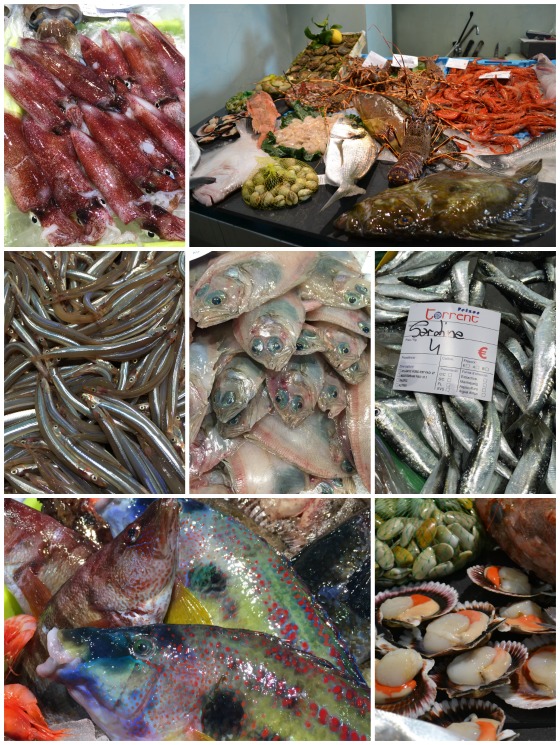
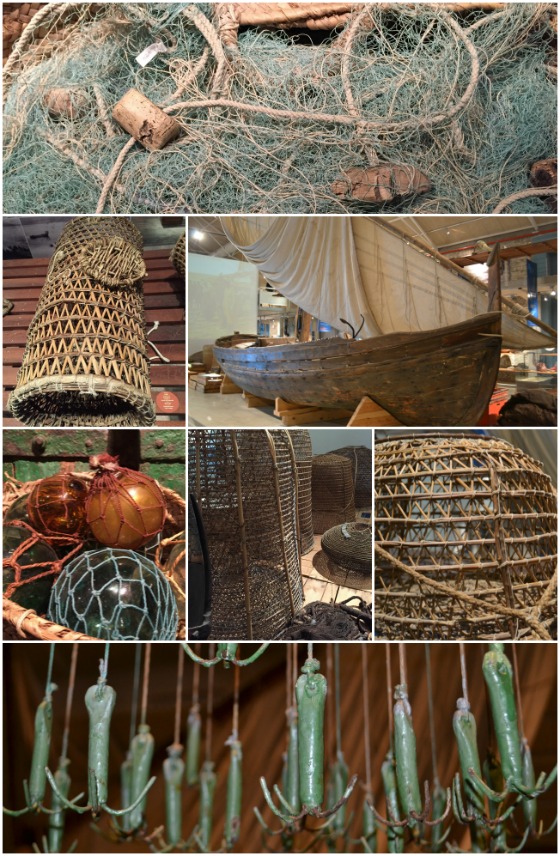
























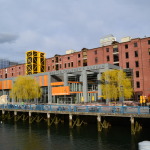
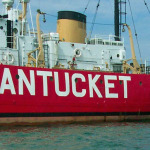
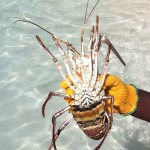





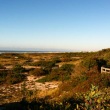



Hi Alison,
I was entranced by your post from the very first words. This is an excellent piece on history, tourism, and gastronomy.
Brava my friend!
You know Catalonia is my favorite place on earth! So glad you had such a wonderful time, too.
Regards,
Josie
I’m so glad I did your favorite spot justice Josie.Costa Brava has such a unique combination of history and culture that has influenced the culinary experience. I feel so lucky to have had the opportunity to visit!
I really enjoyed this post on the fishing tradition in Costa Brava. While I did get to see the beautiful coast with plenty of hikes in the region, this was something I wasn’t familiar with in so much detail.
Thanks Natasha. It sounds like everyone has great trips, each different in their own way. I really enjoyed meeting you and hope our paths will cross again in the future.
I was surprised by the Costa Brava’s fishing heritage – I’d always thought of it primarily as a holiday place. And I loved all that fresh fish – I didn’t try suquet de peix but I did have cim i tomba, a very garlicky fish and potato dish.
wow, look at all that seafood, can I sample one of each please? Loved the history and visuals from the area, now I really must visit soon!
It was fun seeing the Costa Brava fishing tradition trip through your eyes, after hearing about it and seeing Pete’s photos. (And he so enjoyed your company, too.) There truly is nothing like Costa Brava and we cannot wait to return.
Oh, and I just wanted to say that your photo of the colorful fish is one that has stuck in my mind since I first saw it. 🙂
Thanks so much for this post, I feel like I learnt a lot & loved all your images! The water looks so beautiful & blue 🙂
Simone @ http://www.theaussieflashpacker.com
Great post of the fishing traditions of Costa Brava. Photos are great – I’d like the opportunity to sample all the seafood.
Awesome post and spectacular photo collages. The fish are too pretty to eat in some instances. Wow, you really had an interesting time and the history was captivating.
All that delicious food associated with Southern Spain has to come from somewhere!
What a lovely recap of Costa Brava fishing traditions. Sounds like you had a great trip, and I’m a tad jealous of the cooking class element! I, too, was fascinated by the Indianos culture and history. After Lloret, I moved inland for an introduction to Priorat. Fantastic!
Great post! Yes, the cuisine and culture of these seafaring cities captures the hearts and imaginations of travelers.
[…] to the border of France. It is a coastal area, whose name translates to rugged or wild coast. Costa Brava is part of Catalunya, a region of Spain that has been struggling for independence for years. The people here are […]
It has been such a long time since I visiting spain and as I was just a teenager I missed out on so much of this amazing culture. looking forward to revisiting with new eyes.
Looks like a beautiful region to explore. The food and the warm welcome you received sound great too. And I always enjoy learning to cook a local dish when I travel – superb!
Loved finding out about the history of the fishing industry here and also your gastronomic experiences. I like the Catalonia area, and their fierce pride it what they do and who they are.
Catalonian pride was in evidence everywhere. I think it definitely adds another positive layer for the visitor to experience.